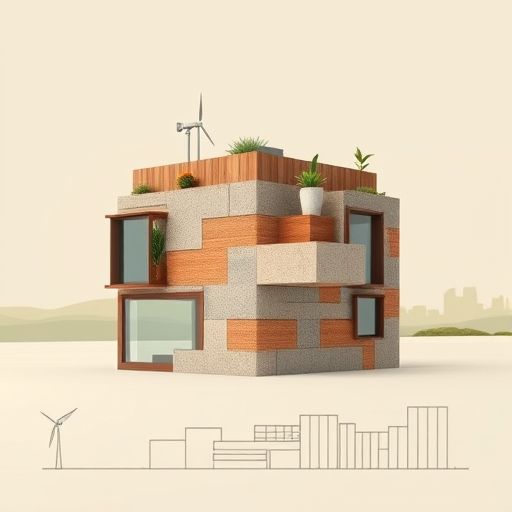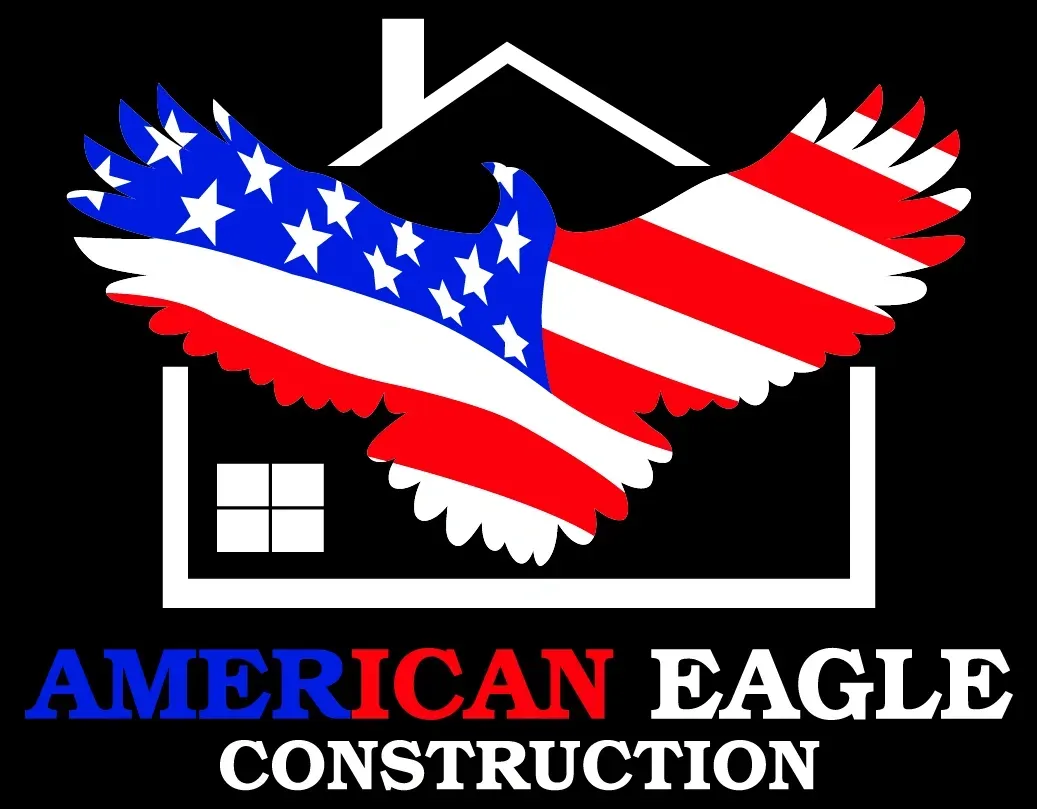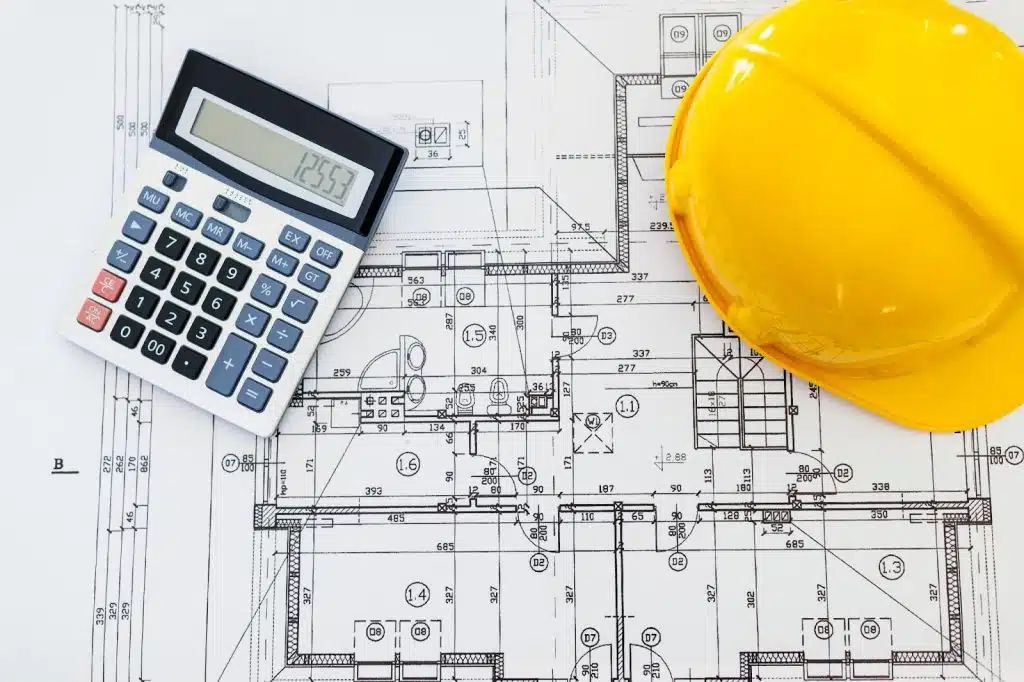
What Do Architectural Design Services Include? Complete Breakdown
Unlocking the Details: What Do Architectural Design Services Include and Why They Matter
When embarking on a construction project, whether commercial or residential, understanding what do architectural design services include is essential for achieving a successful outcome. These services form the backbone of any building endeavor, ensuring that your vision is accurately translated into a functional, safe, and aesthetically pleasing structure. At American Eagle Construction, we believe that knowing the intricacies of architectural services empowers clients to make informed decisions and collaborate effectively with professionals throughout the project lifecycle.
What Are Architectural Design Services?
Architectural design services encompass a broad spectrum of activities aimed at developing a comprehensive plan for a building or renovation. They involve not only designing the visual aspects but also addressing structural integrity, safety standards, environmental considerations, and compliance with local codes. These services are a collaborative effort between architects, engineers, and clients to orchestrate a seamless transition from concept to construction.
Why Are Architectural Design Services So Critical?
Investing in professional architectural design services guarantees a well-thought-out plan that minimizes errors, reduces costly revisions, and accelerates the construction process. Additionally, these services help optimize space utilization, improve energy efficiency, and enhance the overall user experience. Whether you're planning a new commercial facility or a modernized residence, comprehensive architectural design ensures your project aligns with your goals and long-term needs.
What Do Architectural Design Services Include? A Step-by-Step Breakdown
1. Initial Consultation and Feasibility Study
The journey begins with in-depth discussions to understand your vision, needs, and budget constraints. During this phase, architects evaluate site conditions, zoning regulations, and environmental factors to determine project feasibility. It’s an opportunity to explore different options and set realistic expectations.
2. Concept Design and Schematic Drawings
Architects develop preliminary sketches and conceptual layouts that visualize the project's potential. These schematic designs help clients see the overall layout, building forms, and spatial relationships. This phase allows for adjustments before moving into detailed design.
3. Design Development
This stage refines the initial concept with detailed plans, elevations, and sections. Architects select materials, explore structural systems, and incorporate client feedback. The design becomes more defined, balancing aesthetics with functionality and code compliance.
4. Construction Documentation
Architects produce detailed drawings and specifications necessary for building permits and construction bidding. These comprehensive documents include structural, electrical, plumbing, and mechanical details, ensuring clarity for contractors and engineers.
5. Permitting and Regulatory Approvals
Securing permits involves submitting plans to local authorities and ensuring all designs meet legal and safety standards. Skilled architects navigate complex approval processes efficiently, saving time and avoiding delays.
6. Bidding and Negotiation
During this phase, architects assist clients in selecting contractors through bidding processes. They evaluate proposals, clarify scope, and help negotiate contracts to ensure quality and cost-effectiveness.
7. Construction Administration
The architectural team oversees construction to ensure adherence to designs, quality standards, and schedules. This includes site visits, progress reports, and resolving unforeseen issues that arise during building.
8. Post-Construction Evaluation
Once construction concludes, architects conduct inspections to verify that the project meets all specifications and standards. They may also assist with occupancy planning and future renovations.
How Do Architectural Design Services Vary for Different Projects?
While the core components remain consistent, what do architectural design services include can shift depending on whether the project is commercial, residential, or specialized like healthcare or institutional facilities.
- Commercial Projects: Emphasize functionality, branding, and compliance with commercial codes. These projects often involve complex structural engineering and code adherence.
- Residential Projects: Focus on aesthetics, comfort, and sustainability. Design services may include landscape architecture and interior design aspects.
- Specialized Facilities: Require compliance with industry-specific standards, such as healthcare regulations or educational building requirements, demanding specialized expertise.
What Should Clients Expect in a Professional Architectural Service?
Clients should anticipate a transparent process, responsive communication, and a team committed to transforming their ideas into reality. A reputable architect provides detailed proposals, clear timelines, and regular updates, fostering trust and collaboration throughout the project.
How Can You Find Qualified Architects for Your Project?
To ensure your project benefits from top-tier expertise, verify credentials diligently. Check references, review past projects, and confirm licensing status. For guidance, you can explore how to verify architect license in your area.
Where Can You Find Leading Architectural Experts Near You?
If you're seeking exceptional architectural design services, consider reputable firms specializing in your project type. For instance, top commercial architects in Ridgewood, New Jersey can bring your vision to life with innovative ideas. Similarly, residential architects are available now in Hackensack, New Jersey, to craft your ideal home.
What Are the Benefits of Hiring a Local Architect?
Local architects possess invaluable knowledge of regional codes, climate considerations, and community preferences. Working with local professionals expedites the permitting process and ensures your project aligns harmoniously with its environment.
Is It Necessary to Work with an Architect for Small-Scale Projects?
While smaller projects may seem manageable without professional design input, engaging an architect can still enhance the outcome, optimize space, and prevent costly mistakes. Their expertise ensures your project is efficient, compliant, and tailored to your needs.
What Are the Next Steps to Engage Architectural Design Services?
Start by defining your goals, budget, and timeline. Reach out to experienced architects who offer consultations. Discuss your vision, review portfolios, and establish clear communication channels to ensure a smooth collaboration from start to finish.
Frequently Asked Questions (FAQs)
They include site analysis, conceptual sketches, and schematic design to establish the project's foundation and basic layout.
Architects stay updated with local building codes, zoning laws, and permitting requirements, integrating these standards into the design and documentation process to facilitate approvals.
Absolutely. Modern architectural services often incorporate sustainable design principles, including energy-efficient materials, renewable energy integration, and environmentally conscious planning.
Strong portfolio, clear communication, industry experience, client testimonials, and a thorough understanding of project-specific requirements are key indicators of a reputable firm.
Conclusion: Why Choosing the Right Architectural Services Matters
Understanding what do architectural design services include is vital for maximizing your project's potential. From initial concept to final construction, professional architects guide you through each phase with expertise and insight. Partnering with experienced professionals like local architects in Clifton, New Jersey, ensures your project benefits from local knowledge and dedicated service. Remember, a well-designed structure today leads to a successful and sustainable investment tomorrow.














